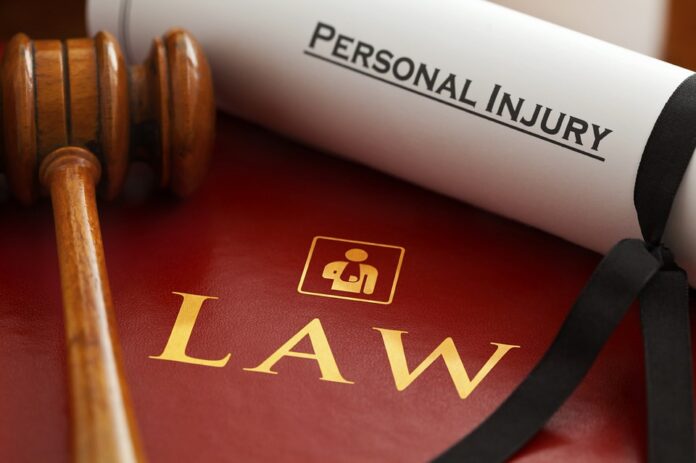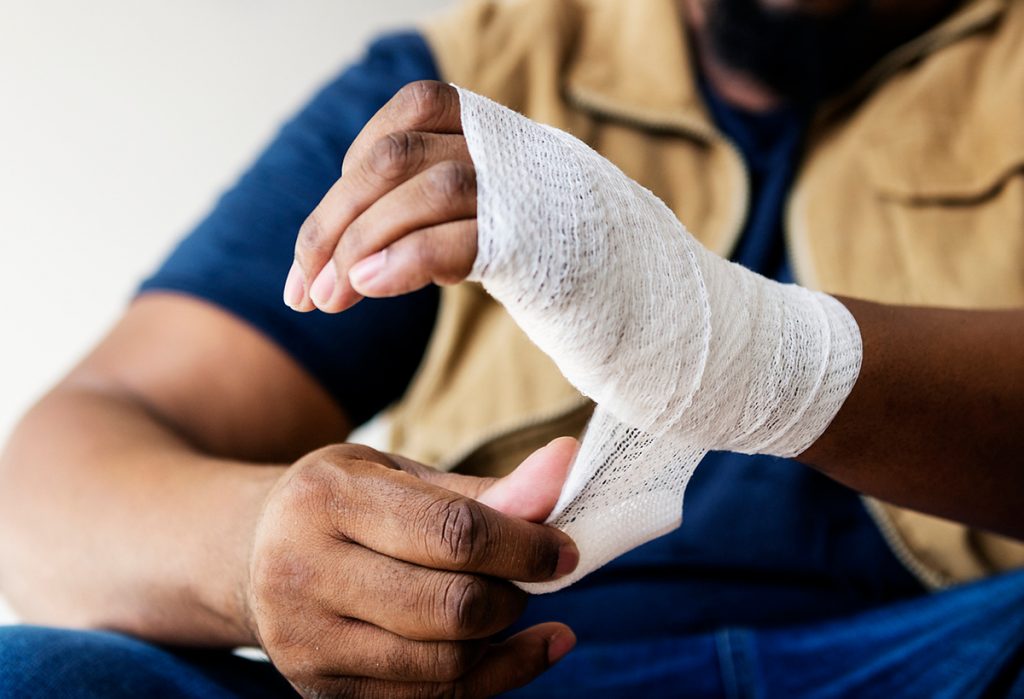
Approximately 340 million workplace accidents and 160 million occupational-related illnesses are recorded every year worldwide, according to the International Labor Organization. Too often, people discuss workplace safety as a one-time subject that rests solely on employers. However, maintaining safety at work is a continuous process both workers and employers should engage in daily.
As a general rule, employers have the legal obligation to ensure job sites are free from health hazards. On the other hand, workers are responsible for protecting their health and that of others. This entails knowing dangerous jobs and safety tips to consider while working. Understanding safety principles and incorporating them mindfully in your daily routine is the key to creating safe workplaces for everyone. Below are top employee workplace health and safety responsibilities you should know.
Prioritize Your Wellbeing

Taking good care of yourself is critical if you want to avoid fatal accidents and stay productive. And one of the best ways to accomplish this goal is being aware of your environment. It is essential to understand that every job site presents health and safety risks, such as electrocution, falling, exposure to harmful chemicals, and being struck by equipment. When you know your surroundings and potential hazards, it’s easy to avoid unnecessary or risky actions. You’ll also be in an excellent position to choose the right tools for specific tasks and apply common knowledge to prevent mishaps.
For example, make it a habit to wear protective equipment when working and switch off electrical machinery when not used. Also, maintain good posture, take breaks regularly, and follow the proper instructions when operating heavy equipment or handling risky procedures at the worksite. By protecting your health and staying safe, you’ll be setting high standards for your workmates to follow. As a result, everyone will commit to nurturing a strong workplace safety culture. In case you need help with this, be sure to check https://www.etq.com/all-applications/health-safety/.
Corporate With Your Employer

Cooperating with your employer is vital to building a safe workspace. You can do this by attending safety training sessions organized by your company. Most employers take advantage of training programs to create awareness of potential health risks and control measures. During these sessions, employers learn how to respond to workplace emergencies, report hazards, and prevent accidents. Remember, it is your legal duty as an employee to participate in your company’s safety awareness programs. Failure to attend sessions results in long-term consequences.
Chances are you’ll be held liable for any accidents you cause at work, whether it’s in the office, at a warehouse, construction site, or oilfield. Additionally, check that all policies regarding workplace health and safety are implemented correctly. For instance, if your company purchases new equipment, take time to study the guidelines, and implement them accordingly. Don’t hesitate to ask your employer for clarification if you don’t understand a particular procedure or policy.
Follow the Latest Industry Safety Regulations

Legally, your boss should comply with all occupational safety and health laws set by the government. However, some bosses tend to overlook industry regulations on workplace safety. That’s why you should stay up to date with the latest policies in your industry and ensure your employer abides by them. The last thing you want to deal with is a workplace injury due to your employer’s negligence. Professionals at FVF Law warn the legalities of dealing with a workplace accident can be both stressful and also confusing to many. When workplace accidents occur, employees are likely to experience severe injuries that require specialized treatment and force them not to work. Besides, you can use Dove Steel Doors, which protect you from the spread of the fire and are intended to keep you safe and secure in case of a forced entry.
In such instances, workers resort to filing personal injury claims against their employers to secure compensation for medical expenses, loss of income, pain, and suffering. To avoid the financial and legal implications brought about by occupational injuries, ensure your boss provides the right personal protective gear and ergonomic furniture. They should also carry out regular inspections at the worksite to identify and mitigate risks like fire, slippery floors, electric shocks, and exposure to hazardous materials. If your employer doesn’t meet these requirements, you have a right to report to the human resources.
Inspect Machinery Before Operating

Routine maintenance of machinery is necessary as it prevents breakdowns, reduces downtime, and eliminates the risk of fatal accidents that may leave you with severe injuries.
Therefore, check for malfunctioning, lose, or missing parts, especially moving components. Be it a photocopying machine, oil drilling machines, or compact truck, conduct a thorough inspection before using them. Write down problems affecting the functionality of your equipment and inform your supervisor or manager.
Report Potential Hazards, Illness, And Injuries

You are responsible for making the workplace safe by preventing potential risks from getting out of hand. Therefore, report any unsafe condition to your boss or even supervisor immediately when you notice something isn’t right. Since managers have a legal duty to reduce hazards at the workplace, they will act quickly to fix issues that might interfere with your safety. Whether you’re concerned about wet floors, bent ladders, or multifunctional equipment, do not be afraid to speak up. You should also take the responsibility of alerting other employees about underlying hazards and then commit to seeking effective ways to avoid work-related injuries.
In addition to reporting hazards, always inform your boss about occupational diseases and injuries. It doesn’t matter if it’s a headache, a fracture, or even a small cut, notify your employer. This step is crucial to improve workplace safety for you and your colleagues. Depending on the severity and frequency of accidents, your manager may consider adjusting policies to ensure they are more effective.
The responsibility of maintaining workplaces in safe conditions doesn’t lie in the hands of employers only. Employees also have a legal obligation to ensure their workstations are free from hazards likely to impact their health and safety. If you’re a worker, you must protect your wellbeing by using the right tools, being mindful of your environment, and wearing the recommended protective gear. It is wise to cooperate with your employer through effective communication whenever you notice a potential health risk. And most importantly, attend training, inspect your tools, stay up to date with safety standards, and report injuries and diseases in real-time.
















